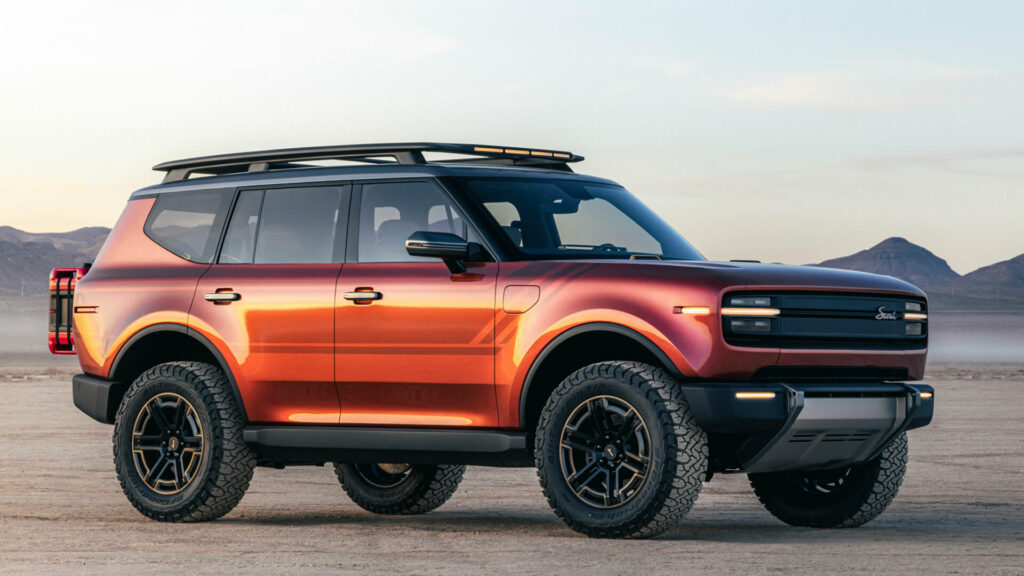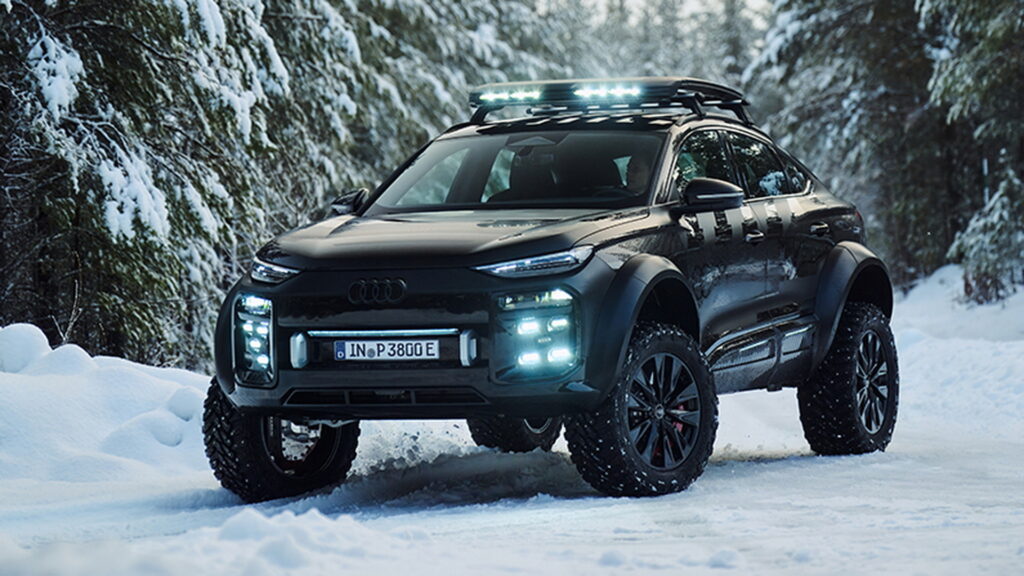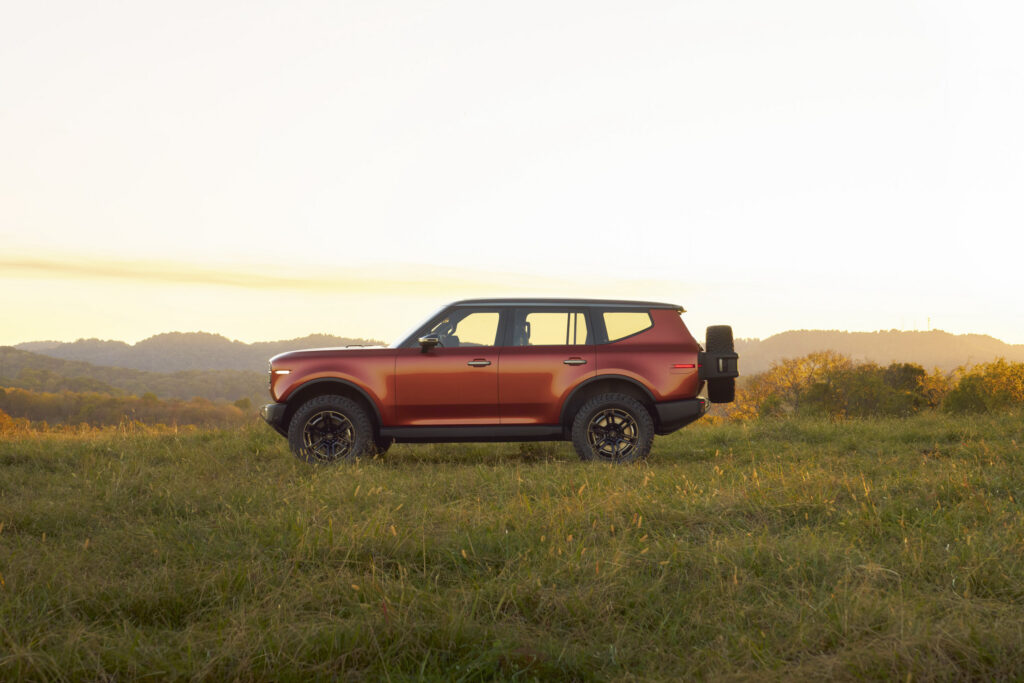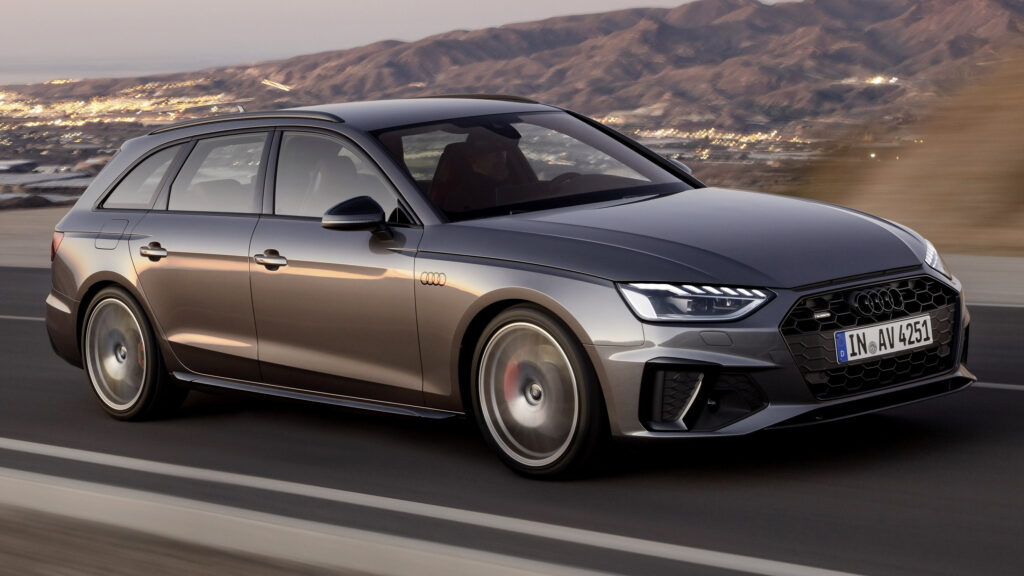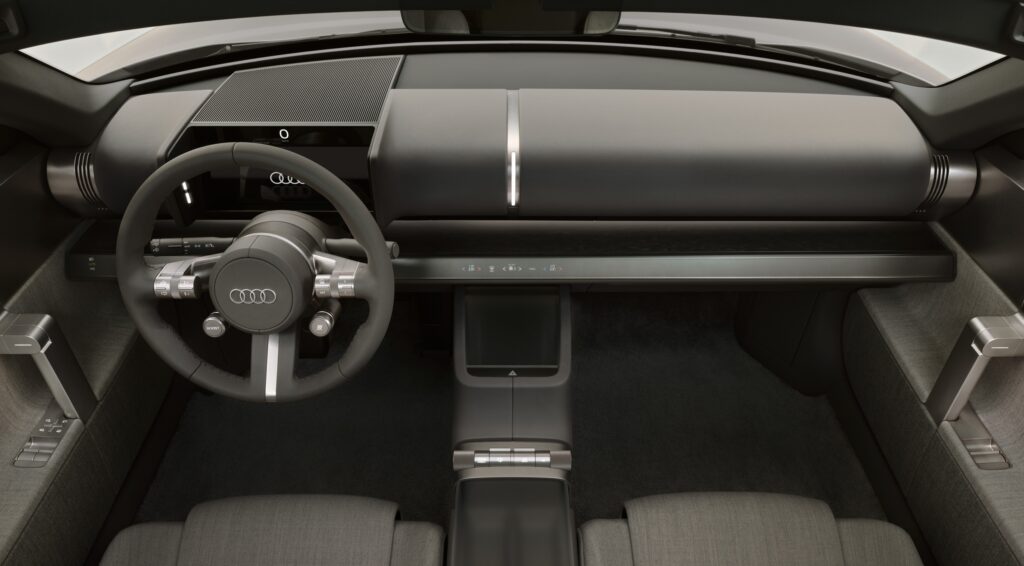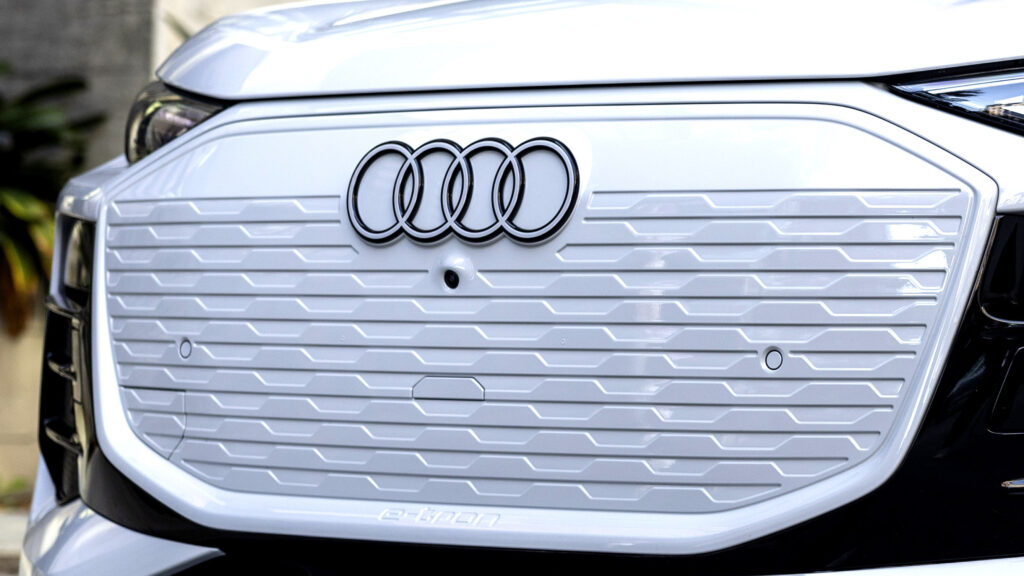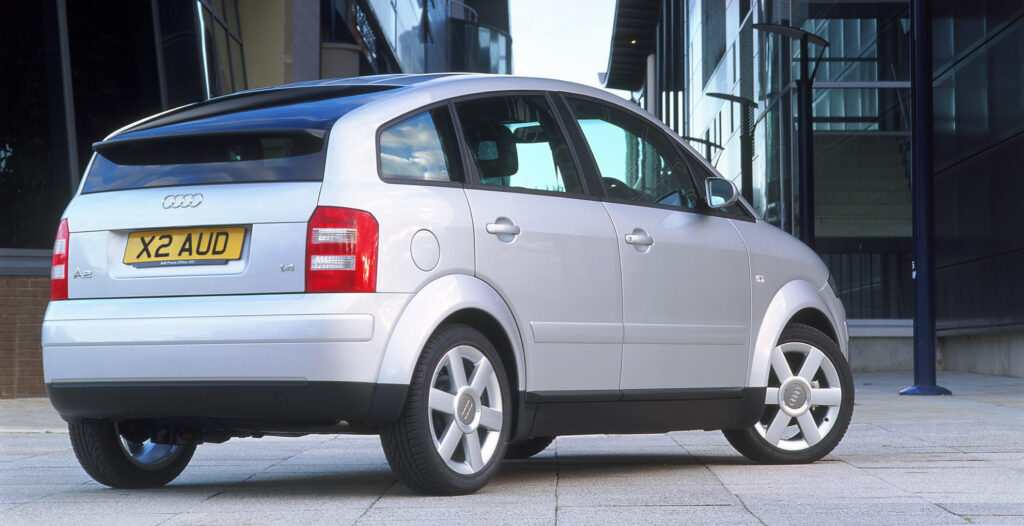An American EV Was Germany’s Most Defective Vehicle This Year

- One in five cars in Germany failed annual roadworthiness inspection.
- VW’s Golf, Touareg, and T-Roc dominated rankings across segments.
- Mercedes led long-term quality with lowest defects among older cars.
Germany’s car-check watchdog has crunched the reliability numbers and once again, Tesla finds itself parked at the very bottom of the heap. The 2026 TÜV-Report, covering annual roadworthiness inspections of approximately 9.5 million vehicles between July 2024 and June 2025, found that Tesla EVs occupied the two bottom spots in the league table.
The Model 3, which was the worst-ranked car for the two previous years was found to have a defect rate of 13.1 percent, meaning one in every 7.6 cars in the two-to-three-year-old ages group failed the Hauptuntersuchung safety check.
Why Is The Model Y So Troubled?
But the Model Y was even worse. It had a defect rate of 17.3 percent, versus 3.5 percent for a Mini Cooper SE, making it the worst TÜV has seen in this age group in a decade. The biggest defect culprits were the axle assembly, suspension, brakes and lighting.
Related: Tesla Is Now The World’s Most Avoided EV Brand And It’s Probably Musk’s Fault
Pulling back to look at the bigger picture covering cars of all ages reveals that 21.5 percent, or one in five cars failed the inspection due to a “significant” or “dangerous” defect, an increase of 0.9 percent on last year, ADAC reported. And the proportion with minor defects rose 0.8 percent to 12.3 percent.
Other reliability villains include the BMW 5-series and 6-series in both the 4-5-year-old and 8-9-year-old age groups, the Dacia Duster in the 6-7 and 10-11 age groups and the Renault Clio among 12-13-year-old cars.
Electric Cars Defect Rate, 2-3 Years Old

Pop the Champagne for VW
But with every list of losers there has to be a list of winners, and for cars that have passed their fourth birthday, this one is headed by Volkswagen.
The VW Golf wagon and T-Roc scored well in the 4-7-year-old categories and the automaker’s Touareg was top of the oldies. The Mazda CX-3 and Mercedes B-Class were also commended.
Looking at the 2-3-year-old group, Fiat’s 500e toped the small car category, proving to Tesla that EVs can be reliable, the Mazda 2 and BMW 1-series were the top-rated small car and compact, and the C-class took the mid-range award (if you’re reading from the US, those classifications will look kinda messed up).
The T-Roc popped up again to take best SUV, and the B-class bagged most reliable nearly-new minivan.
Rate of Serious Inspection Defects

One big change in this year’s study is the introduction of an award for long-term quality, handed out to brands whose vehicles, aged 10+ exhibit the lowest average defect rate for safety-related faults and stand for quality, durability, and good service.
Mercedes took gold with an 18.5 percent defect rate – almost matching that of a 2-3-year-old Model Y – Audi was second with 19.2 percent and Toyota snuck onto the podium’s last step with a 22 percent defect rate.
Winners By Segment, 2-3 Years Old
| Class | Winner |
| Mini cars | Fiat 500e |
| Small cars | Mazda 2 |
| Compact | BMW 1 Series |
| Mid-range | Mercedes C-Class |
| SUV | VW T-Roc |
| Minivan | Mercedes B-Class |
Winners In Other Age Groups
| Age | Winner |
| 4–5 years | VW Golf Sportsvan, VW T-Roc |
| 6–7 years | VW T-Roc |
| 8–9 years | Mazda CX-3 |
| 10–11 years | Mercedes B-Class |
| 12–13 years | VW Touareg |




